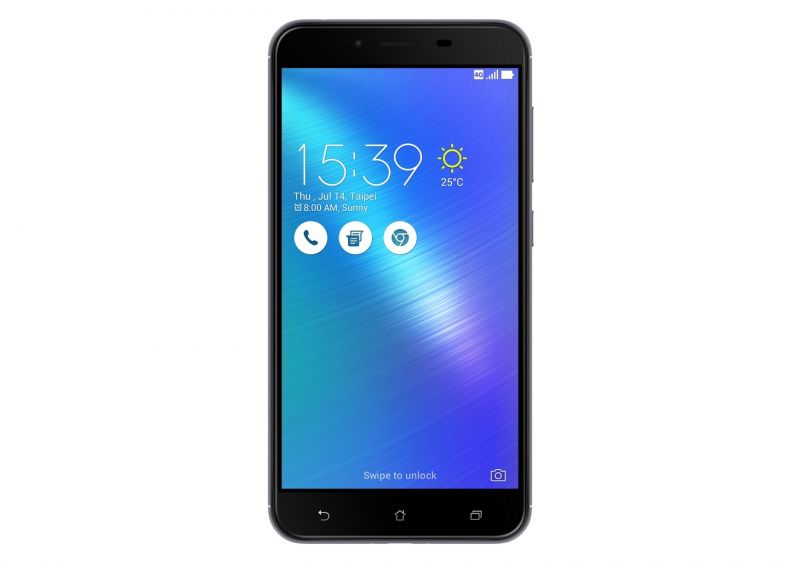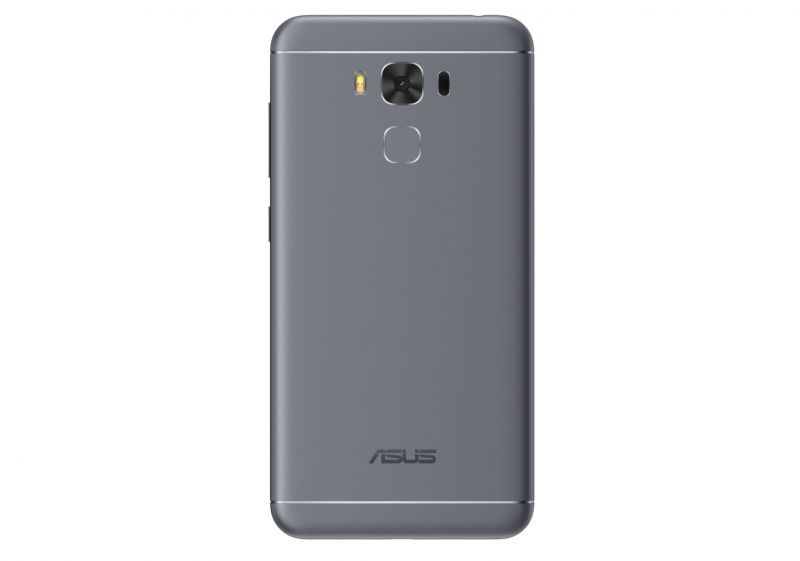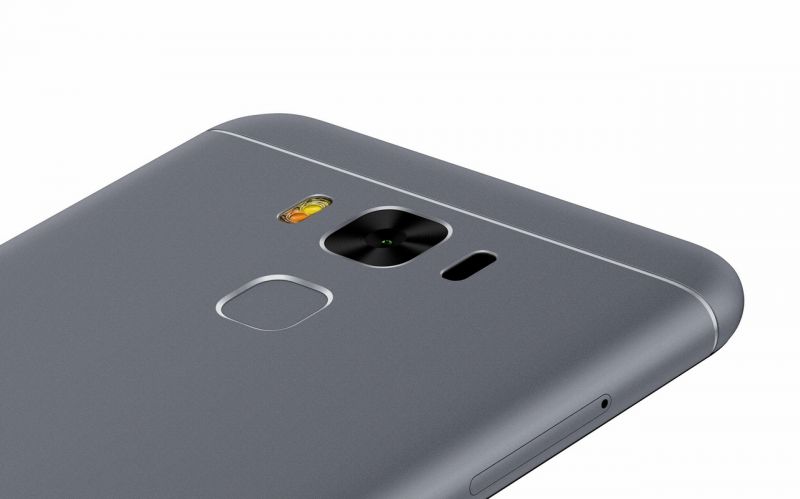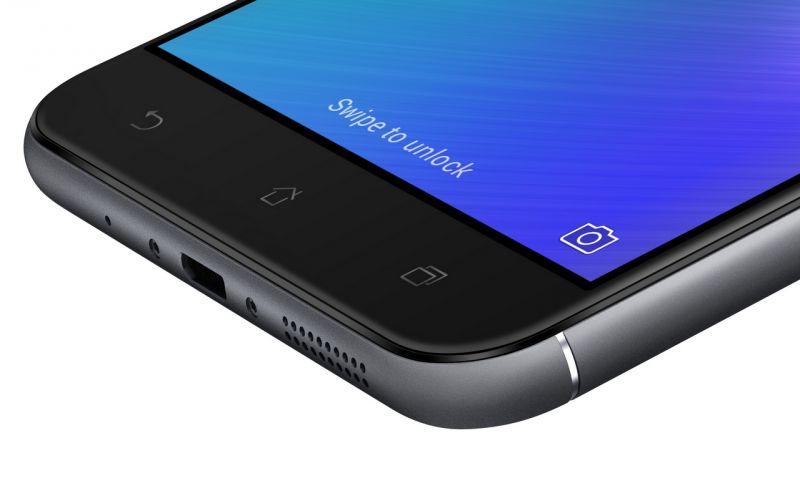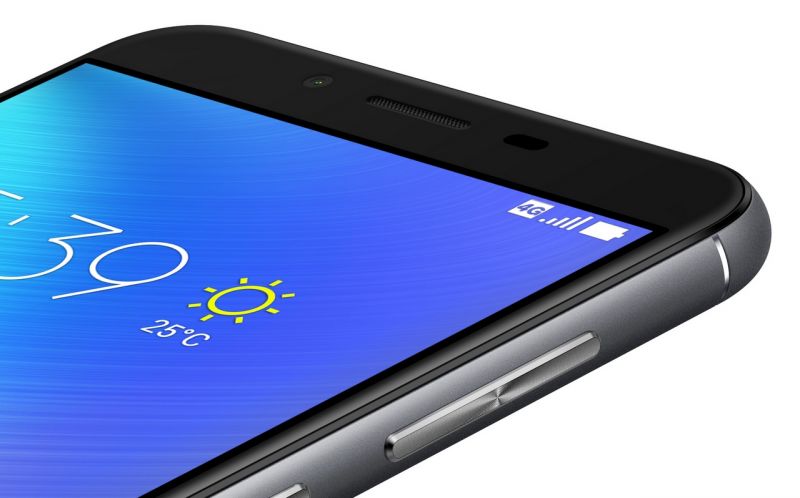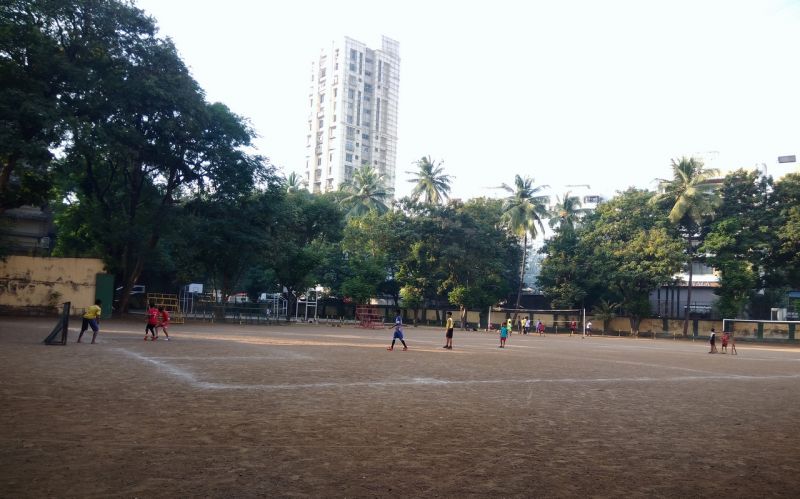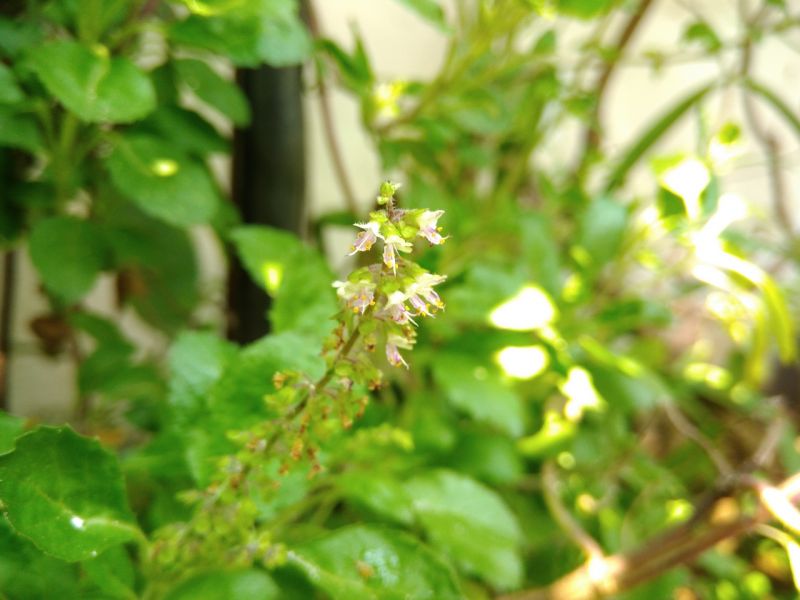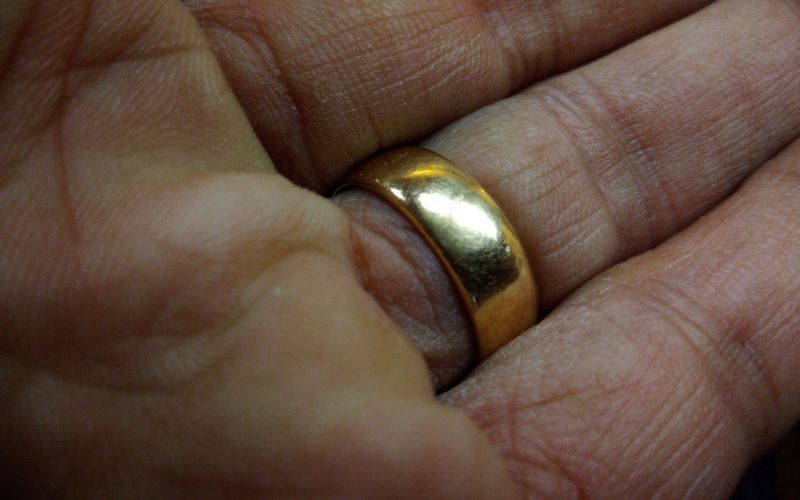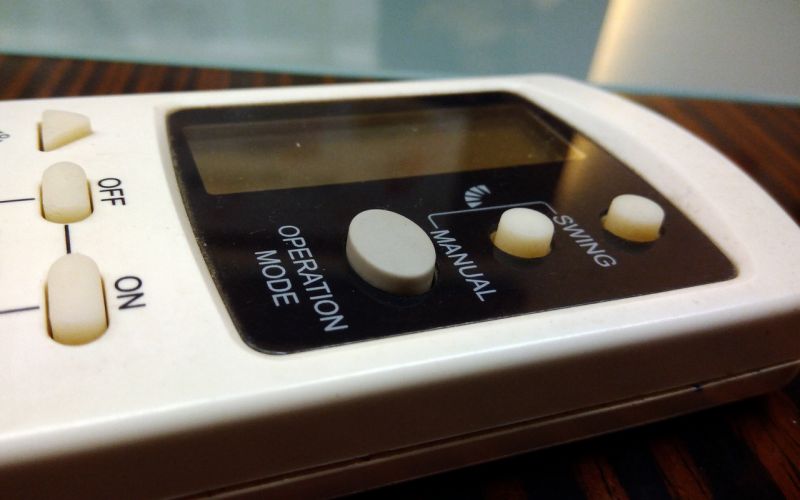ASUS Zenfone 3 Max (ZC553KL) review: A mid-range workhorse
A rugged smartphone with comfortable grip, rich camera, and good battery life.

ASUS has been striking the smartphone market in almost every segment one can imagine. With a successful Zenfone now in all three segments, here is another that was launched today. The ASUS Zenfone 3 Max (ZC553KL) is built for those seeking a budget-to-mid-range smartphone but with the looks and build of a premium smartphone.
The Zenfone 3 Max is built with a rugged sandblasted aluminium unibody frame and slapped with a crisp 5.5-inch LCD display. Sadly, the device is not protected by a Gorilla Glass since our review unit already showed signs of scratches on the display even though handled with extreme care. ASUS claims that the display glass is protected by a smudge-resistant oleophobic coating. However, with the Indian mindset to protect all smartphones, one will use a screenguard to keep it scratch-free.
Coming back to the build, the handset is firm, has a good grip and the sand-blasted surface makes up for great aesthetics and a premium look. While this Zenfone does away the well-known signatory concentric circles, ASUS has made sure you can still see it on the power and volume buttons.
The display sports 2.5D curved corners and features three reflective touch buttons for home, menu and back. As usual, the earpiece along with the front camera and sensors are visible towards the top of the display, the volume and power buttons take their place on the right side of the device and the left side houses the two SIM cards in a hybrid slot.
The top features the earphone jack with a secondary microphone, while the primary mic, speaker and micro USB port are seen on the bottom. The rear panel is built with elegance – two chamfered stripes each on the top and bottom to separate the rear panel for antenna plastics.
The rear panel features the camera surrounded by a dual-tone LED flash and a laser centre on both sides, while below lies another chamfered-edged fingerprint scanner. Weighing 175 grams, the Zenfone measures 8.3mm in thickness.
Heading to the specifications, The ASUS Zenfone 3 Laser sports a 5.5-inch full HD IPS display with a curved 2.5D glass and a brightness of 400 nits, enough for daylight readability and bluelight filter for reducing eyestrain during the night.
Below the hood, powering the device, is a mid-range Snapdragon 430 chipset with eight cores clocked at 1.4GHz and supported by 3GB of RAM and an Adreno 505 graphics processor. The storage offered is 32GB, but one can use the hybrid SIM slot to expand this to 128GB. On the camera front, the primary shooter sports an f/2.0 16MP PixelMaster camera with 5p Largan lens, PDAF, Laser autofocus and electronic image stabilizer (EIS) clubbed with a dual-tone LED flash. The front camera sports an 8MP PixelMaster camera. The rear camera also boasts of super resolution modes which can click up to 64MP resolutions from a single shot.
In the connectivity area, the Zenfone 3 Max sports the usual Wi-Fi n, Bluetooth 4.2, 4G VoLTE connectivity, and micro USB. Sadly, NFC seems to be missing out here too. Lastly, the device is fuelled by a 4100mAh battery and runs Android Marshmallow-based ZenUI v3.0. The device will be available in three colours -- Sand Gold, Glacier Silver and Titanium Gray.
As usual, the main USP of the Zenfone 3 Max is the battery. At 4100mAh, ASUS boasts of the highest capacity in a body of this size and with power saving modes enables, the device can give you a maximum of 17 hours of talk time, or 38 days of standby time. ASUS also boasts that the device, using an OTG cable, can charge other smartphones and devices whenever required.
The user interface is not different to what ASUS usually offers, and it would be ideal if the Zen(xxx) apps were optional since they make up to the amount of bloatware added onto the device. However, the user interface is pretty simple, easy to use and very fluid. As far as the usability is concerned, the device is very comfortable to hold, but is very slippery since the sandblasted surface makes for a smooth rear panel. We recommend users buying this device to opt for a soft silicon case, which will not only protect it from slipping off, but also to keep it from scratches and dents.
On the performance front, we had almost no complaints. However, though this handset is not meant for graphically demanding game, its best to keep it away from high-end gaming. The user interface is smooth, adding up more applications keeps stressing the processor and will gradually slowdown the Zenfone. However, the memory management from ZenUI manages to take care that the phone does not get down to its knees. But we did find the device warming up a little during casual mid-range gaming and excessive photography sessions. Since the rear panel is constructed with aluminium, heat transfer is normal, and the device cools quickly too.
The ASUS Zenfone 3 Laser also excels in the photography section. With a 16MP camera, you are bound to get good results and add to that a laser focussing module and you will end up with great results. Photos captured by the camera are pretty much above average. Good natural colours, sharp images, a healthy balance between brightness and contrast, and good low-light photography. We tested out the camera and got great results, but we would like you to finally judge for your own. Take a look below for a few too many images ranging from broad daylight to indoor photos with unnatural lighting. The Zenfone 3 Max managed to produce rich photos, good enough for prints and sharing.
The ASUS Zenfone 3 Max (ZC553KL) is one smartphone that you can opt for if you want a blend of features, battery life and a premium look, but if you are looking for gaming performance, we suggest you stay away. The Zenfone 3 Max is meant for 'marathon' users who need a battery-friendly smartphone as a daily driver for phone calls, internet, social media and photo sharing. Priced at Rs 17,999, The ASUS Zenfone 3 (ZC553KL) we feel that it is priced a bit steep. But with premium looks and a large battery clubbed along with a healthy processor and a good camera, we think the handset demands a decent price tag. However, rivals brands like Xiaomi, Honor and a few others could look straight into the eye with a cheaper price tag and similar specifications.

